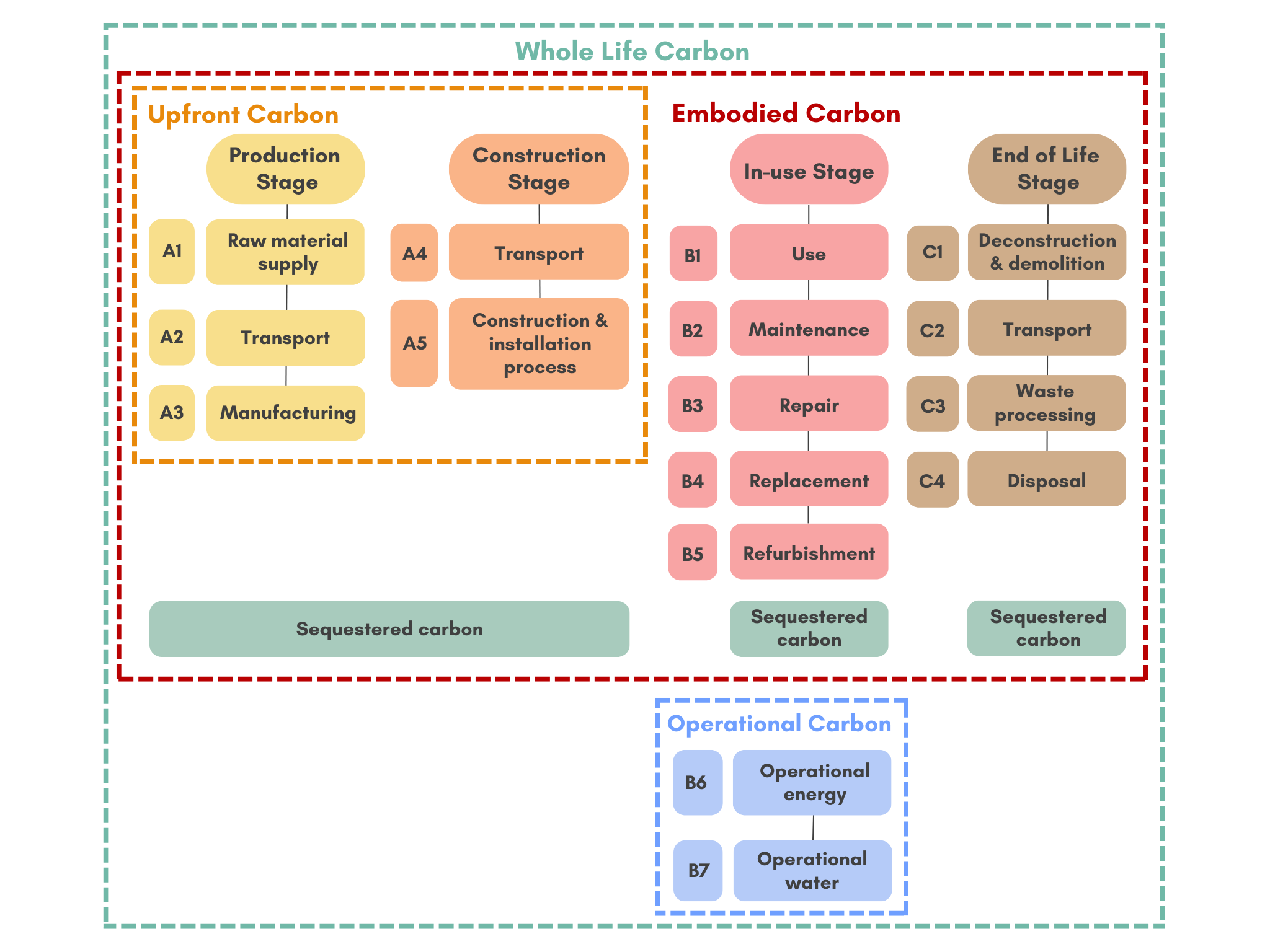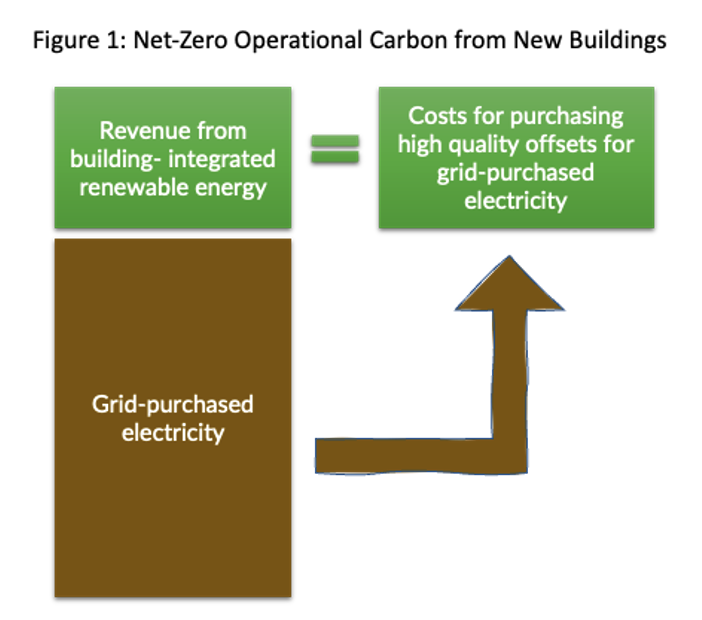Net-Zero Carbon Considerations for Capital Projects
HKUST has adopted a goal of achieving a balance between the amount of greenhouse gas emissions released and an equal volume of emissions removed from the atmosphere. The target date for reaching this “net-zero” state of balance is 2041. Since removing carbon from the atmosphere is challenging and costly, HKUST’s strategy is to invest in the reduction of greenhouse gas emissions in all capital projects so that both embodied carbon and emissions from future operations are brought to zero, or as close as possible.

Embodied Carbon: All emissions from capital projects will be included in the university’s carbon footprint starting in the academic year 2023-24. Recognizing the limited nature of Life Cycle Assessment (LCA) databases and available information on building supplies, embodied carbon will be calculated by including the following elements:
- 2023-2030 Core building and shell (superstructure, glazing, cladding, and wiring)
- 2031-2035 Core building and shell, plus MEC equipment, selected finishes
- 2035 onward All building elements, including interior and exterior furnishing
Approach for embodied carbon: To reach net-zero carbon emissions, all embodied carbon from the construction process must be offset using high quality, long-term removal offsets based on the Oxford Offsetting Principles. The estimated costs for offsets will be calculated based on a HKUST cost model, and the costs will be reserved as a line item in the capital budget. This provides an economic incentive for design teams to reduce embodied carbon as much as possible in order to free capital funds for other design considerations.
Approach for operational carbon: Recognizing that building-integrated renewable energy resources provide both (1) low carbon electricity, and (2) revenue from feed-in-tariffs or avoided utility costs, the net-zero carbon design approach is to increase the amount of building integrated renewable resources to the point at which the revenue balances the costs of purchasing high quality offsets for the remaining emissions. Costs will be based on the HKUST cost model that takes into account the utility grid CO2 coefficient and estimated costs of offsets over time.

Life Cycle Analysis: HKUST has adopted a life cycle approach to analyzing the long-term costs and benefits of capital project decision-making. Assessing the embodied carbon relies on life cycle analysis to determine the overall climate impacts of building materials. HKUST uses One-Click LCA and the HK Construction Industry Council
Life Cycle Costing: Defined as Compilation and assessment of all costs related to a product, over its entire life cycle, from production to use, maintenance and disposal, HKUST recognizes LCCA as an essential tool for evaluating how design decisions impact the university over time. HKUST requires all design options to include both capital costs and the life cycle costs.